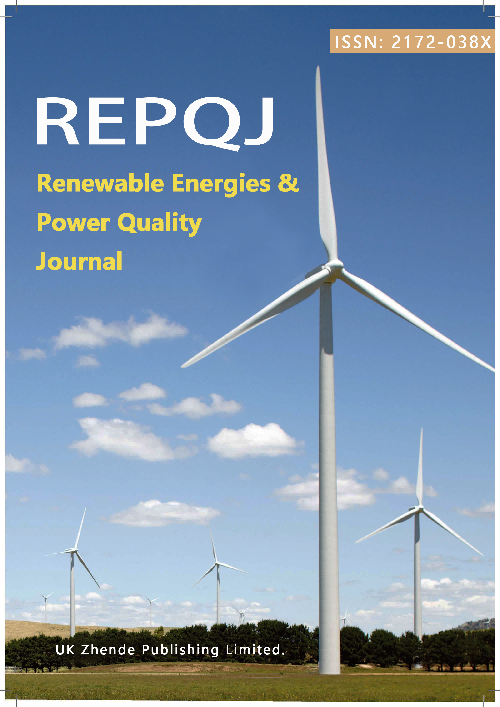Experimental determination of the temperature coefficient of resistance of ACSR conductors using a radial conductor model
DOI:
https://doi.org/10.52152/4589Keywords:
ACSR conductors, temperature resistance, DLR applications, AC resistanceAbstract
Transmission conductors used in overhead powerlines are typically helically stranded and often have a steel core to give the conductor mechanical strength and outer strands of aluminium or aluminium alloy to provide the current carrying capacity. The presence of a magnetic core has several effects on the behaviour of the conductors, such as the presence of an axial component of the magnetic field which interacts with the current of the different layers of conductive strands wound helically around the magnetic core. This has a major effect on the alternating current (AC) resistance of the conductor, which can be very different from the direct current (DC) resistance. When applying dynamic line rating (DLR) approaches, the surface temperature of the conductor is typically measured due to the inability to measure inside the conductor, but the average temperature determines the true value of the resistance. In this work, a thermal model of the conductor is used to account for the radial temperature distribution to more accurately determine the resistance of the conductor and the temperature coefficient of the resistance. The experimental results presented show the potential of the proposed method.
Downloads
Published
Issue
Section
License
Copyright (c) 2025 Ankit Soni, Jordi-Roger Riba, Manuel Moreno-Eguilaz, Josep Sanllehí (Author)

This work is licensed under a Creative Commons Attribution 4.0 International License.











